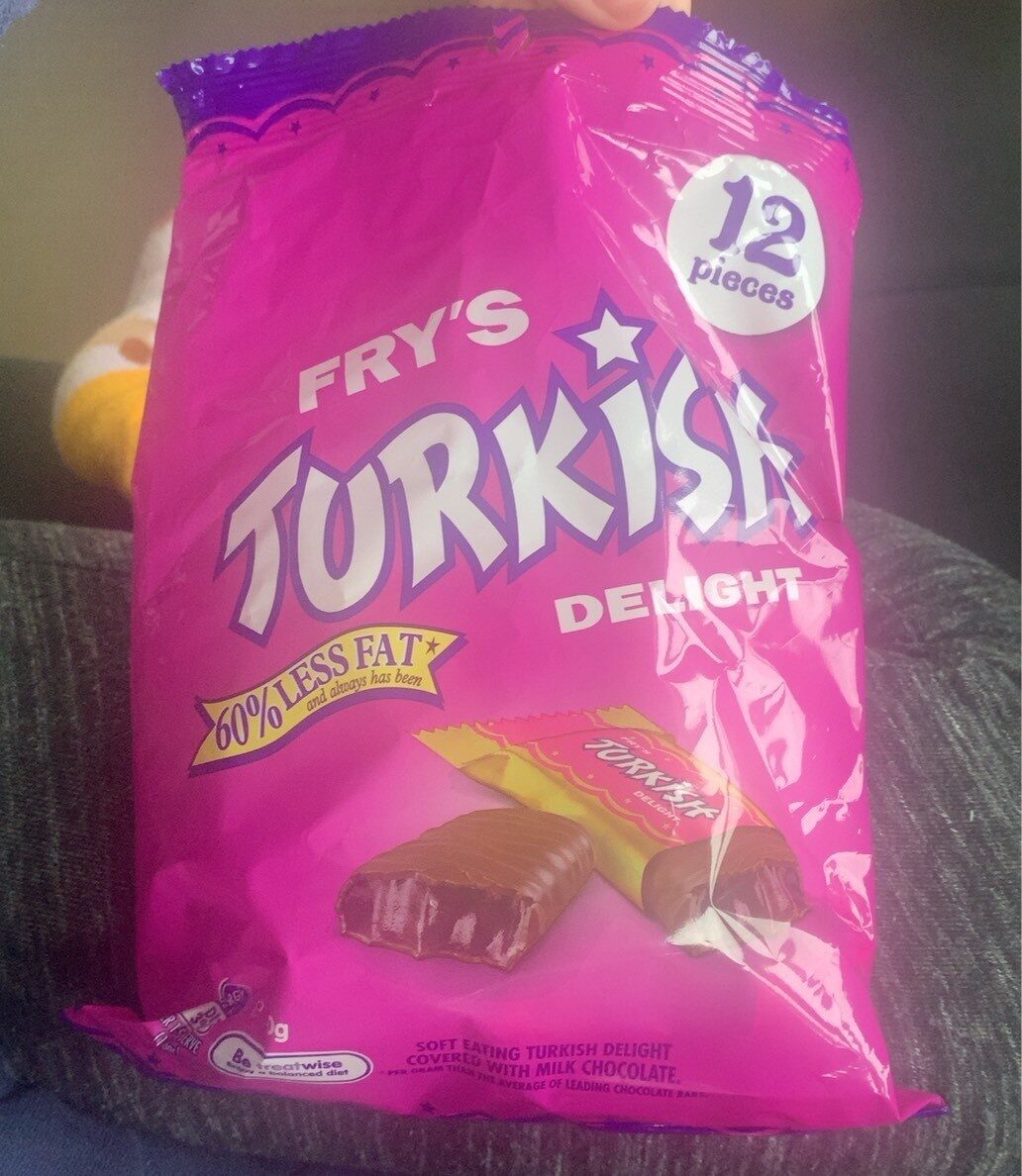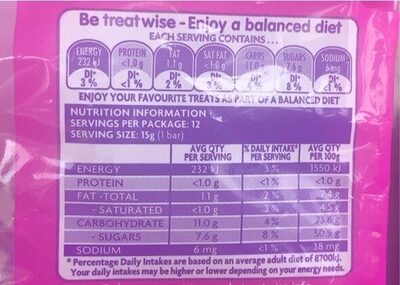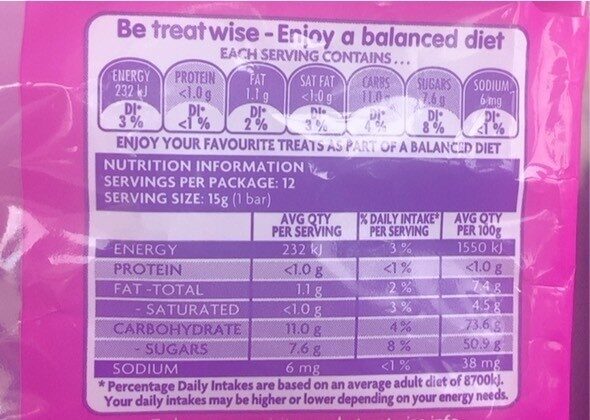Turkish delight - Cadbury - 180g
This product page is not complete. You can help to complete it by editing it and adding more data from the photos we have, or by taking more photos using the app for Android or iPhone/iPad. Thank you!
×
Barcode: 9300617341161 (EAN / EAN-13)
Quantity: 180g
Brands: Cadbury
Categories: Snacks, Sweet snacks, Confectioneries, Turkish delight
Stores: Woolworths, Coles, Big-W
Countries where sold: Australia, New Zealand













